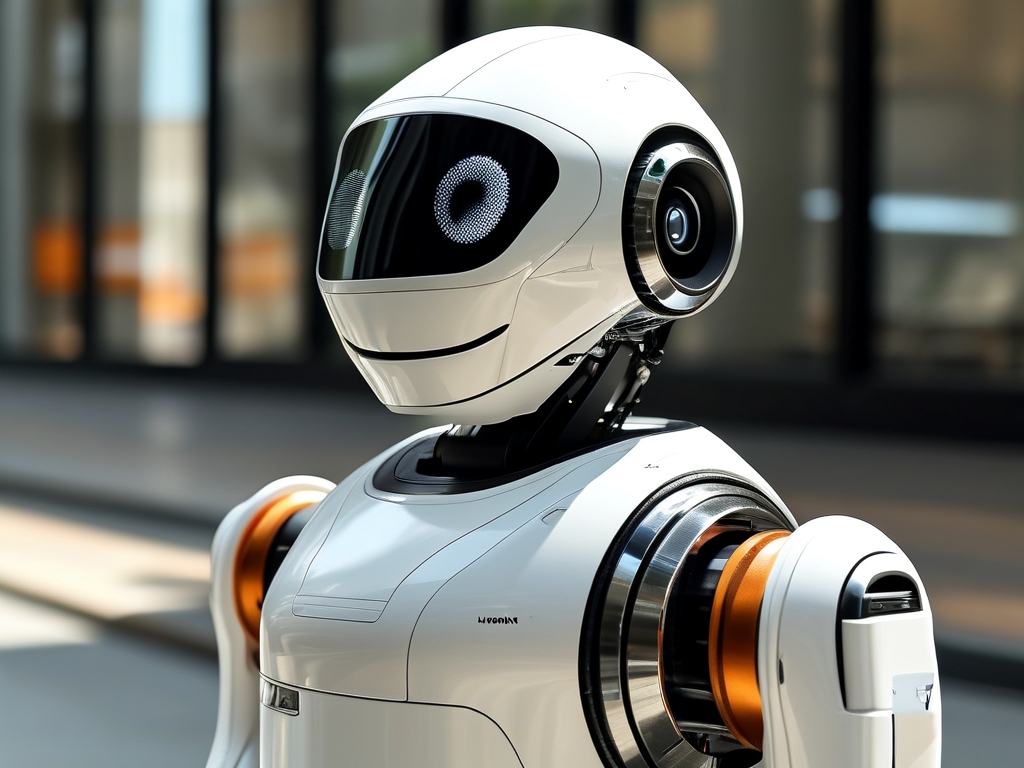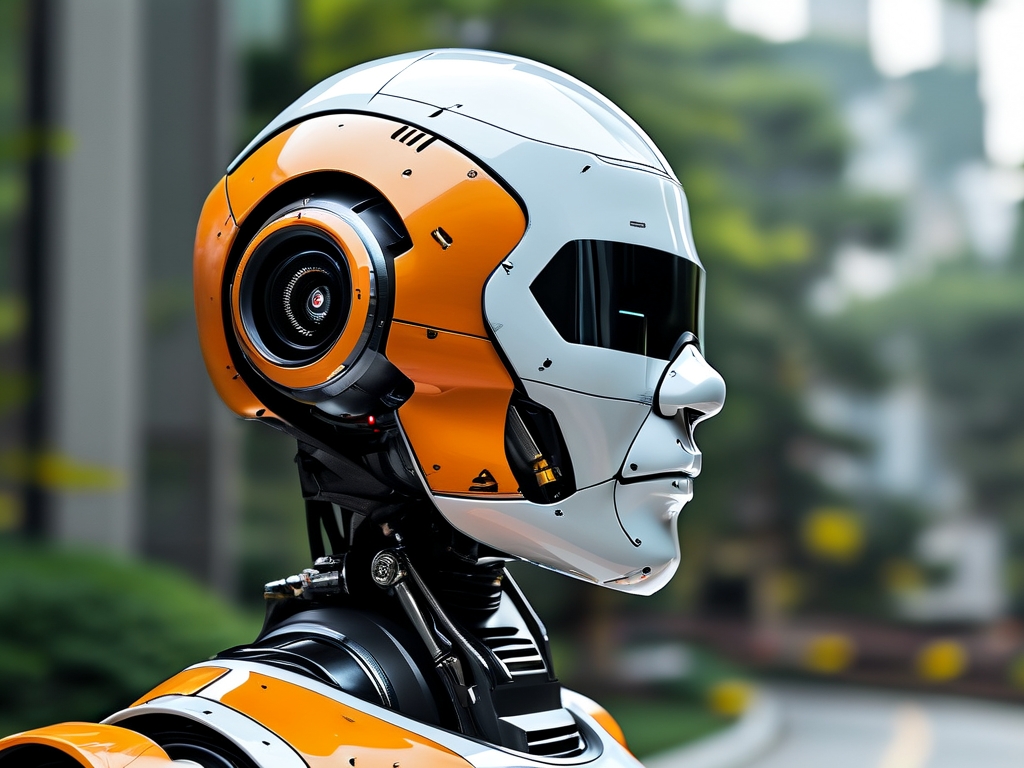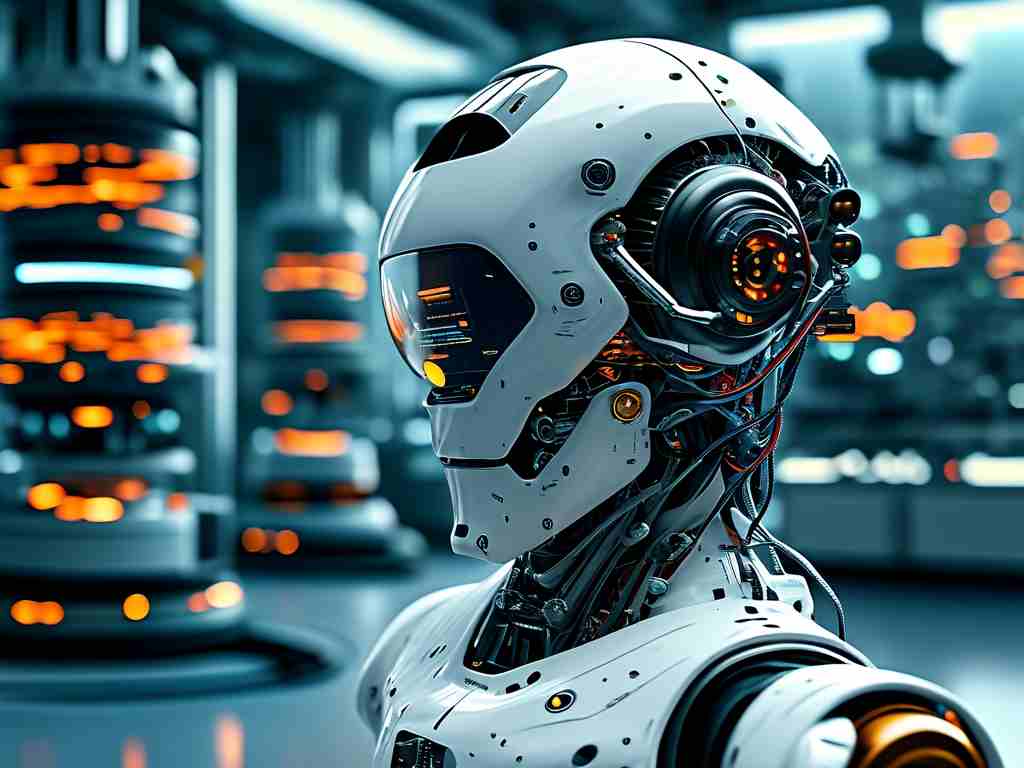In the rapidly evolving landscape of robotics and artificial intelligence (AI), Huawei has emerged as a key player, leveraging its expertise in telecommunications, cloud computing, and chip design to redefine automation. This article explores Huawei's advancements in robotic technology, its strategic vision, and the transformative applications of its innovations across industries.
1. The Foundation of Huawei's Robotics Technology
Huawei's foray into robotics is built on three pillars: AI algorithms, 5G connectivity, and cloud-edge collaboration. The company's proprietary AI framework, MindSpore, powers intelligent decision-making in robots, enabling real-time data processing and adaptive learning. Combined with its Kirin and Ascend chipsets, Huawei ensures low-latency performance critical for industrial and service robots.
The integration of 5G technology addresses one of robotics' biggest challenges: seamless communication. Huawei's 5G-enabled robots achieve millisecond-level response times, making them ideal for precision tasks in manufacturing and healthcare. Moreover, Huawei's hybrid cloud infrastructure allows robots to offload complex computations to the cloud while maintaining operational autonomy at the edge.
2. Key Robotic Platforms and Solutions
-
*Industrial Automation:
Huawei's collaborative robots (cobots), such as the Huawei Factory Robot X1**, are designed to work alongside humans in smart factories. Equipped with multi-sensor fusion technology, these cobots perform quality inspections, assembly, and logistics with 99.98% accuracy. A case study with a German automotive manufacturer revealed a 40% reduction in production errors after deploying Huawei's solutions. -
*Service and Hospitality:
The Huawei Cloud Robot** series targets service industries. These AI-driven robots feature natural language processing (NLP) for customer interactions and computer vision for navigation. Hotels in China have adopted these robots for concierge services, room delivery, and disinfection—a critical application during the COVID-19 pandemic. -
*Healthcare and Agriculture:
In healthcare, Huawei's surgical-assist robots utilize haptic feedback and 4K imaging to support minimally invasive procedures. Meanwhile, agricultural robots like the Huawei AgriBot** employ AI to monitor crop health, optimize irrigation, and automate harvesting, boosting yields by up to 30% in pilot projects.
3. Breakthroughs in AI-Driven Autonomy
Huawei's Autonomous Driving Unit (ADU) exemplifies its cross-industry ambitions. While primarily developed for self-driving cars, ADU's sensor fusion and decision-making algorithms have been adapted for warehouse logistics robots. These robots can dynamically reroute paths in crowded environments, reducing delivery times by 25%.
Another milestone is Huawei's Atlas Robotics Platform, which combines AI training and inference capabilities. Atlas enables third-party developers to customize robots for niche applications, from elderly care to hazardous environment inspections.
4. Challenges and Ethical Considerations
Despite its progress, Huawei faces challenges in global adoption. Geopolitical tensions have limited access to certain markets, while competitors like Boston Dynamics and Fanuc dominate specific sectors. Additionally, Huawei emphasizes ethical AI development, implementing strict data privacy protocols and transparent algorithm auditing to address public concerns about job displacement and surveillance.

5. The Road Ahead
Huawei's 2025 Robotics White Paper outlines plans for 6G-enabled swarm robotics and quantum computing integration. The company is also investing in neuromorphic chips that mimic human neural networks, promising breakthroughs in energy efficiency and cognitive capabilities.
Collaborations with universities and startups further accelerate innovation. For instance, Huawei's partnership with Tsinghua University focuses on soft robotics for delicate tasks, such as fruit picking and microsurgery.
Huawei's robotic technology represents a convergence of connectivity, intelligence, and scalability. By addressing both industrial and societal needs, the company is not only advancing automation but also shaping a future where humans and robots coexist synergistically. As Huawei continues to push boundaries, its innovations will likely set new benchmarks for the global robotics industry.










